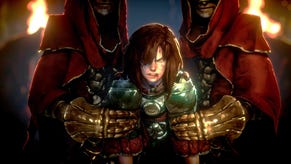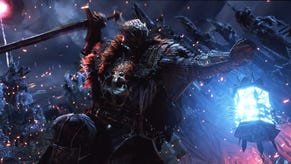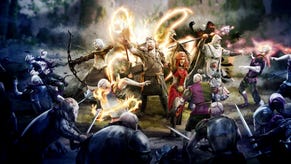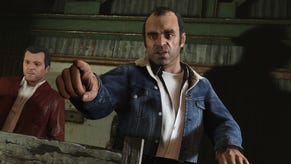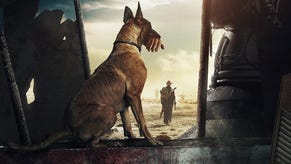Ex-Rare dev's Killer Instinct 3 vision
"You'd have to do a WOW to it."
The former lead designer and gameplay programmer of the Killer Instinct series has outlined his vision for Killer Instinct 3 - and offered up his services should IP holder Microsoft wish to revive the fighting game franchise.
Chris Tilston, who joined Rare in 1993 and left in 2009, told Eurogamer in a new interview if Microsoft asked his new studio, Starfire, to making a new Killer Instinct, he'd incorporate elements from Blizzard's MMORPG World of Warcraft.
"You'd have to update it and reinvent it," he said. "You couldn't do what they've done with Street Fighter. KI wasn't designed for the home. It was designed to go into the arcades and be loud and be brash and be in your face for the arcade market. It was never a home game.
"We've definitely got ideas of where it should go. It's almost like you need to do a WOW to it. You can't just have the traditional thing. It's like, how can you make it more accessible in a way?"
Tilston left Rare to help start independent developer Starfire Studios, which has just announced its first game: ambitious XBLA sci-fi twin stick shooter Fusion: Genesis.
Fusion: Genesis is published by Microsoft Studios - and was snapped up following a pitch to Microsoft executive Ken Lobb, who himself worked on the Killer Instinct series while at Nintendo.
"Ken does mention KI3," Tilston said. "You never know. One day. You never know."
Microsoft, as owner of Kinect Sports developer Rare, owns the Killer Instinct IP.
But Tilston said he would be happy to make a new game in the series if Microsoft sounded the call.
"Yeah. We'd consider it, yeah definitely," he said. "But they've got a team of guys at Rare. There's nobody from the original team left. That's the thing. But yeah, I'd love to revisit it. But you'll probably all chase me down and string me up based off what we'd do. It was designed for the arcade and that's it."
But Tilston admits his desire to make Killer Instinct more accessible would probably upset the game's hardcore following.
"You're on the tightrope between the hardcore KI fans, who would string somebody up, and new audiences. Maybe we'll leave that one to somebody else."
The first Killer Instinct launched in 1994 in arcades and wowed gamers with its stunning visuals and massive combos. It was later ported to the Super Nintendo and Game Boy.
In 1996 Rare made an arcade only Killer Instinct 2. Rare completed a SNES port, but it went unreleased. Instead, the legendary UK developer created Killer Instinct: Gold for release on the Nintendo 64.
The franchise has remained dormant ever since, but rumours of a revival have cropped up.
In 2008 then Rare studio manager Mark Betteridge told Eurogamer that it was thinking about making a new version of Killer Instinct - but that it would require a "revolution" to make it worthwhile.
"Killer Instinct is an IP that is fondly remembered and we may do something with it, but it's a tricky market to be like the old Killer Instinct," Betteridge revealed.
"At the time there was Street Fighter and Mortal Kombat and we were thinking, 'how do we make our own area here?' and it came from the combo system. The market after that became more and more specialised. And all you do then is make your user-base smaller and smaller and it disappears [to the point where] it's not really feasible anymore."
However, Betteridge insisted there were still great opportunities in the one-on-one fighting genre to be seized with the right innovation.
"Once a market gets like that then it needs a revolution to bring something new to it and to kick-start a new growth," he said. "It will stagnate for a while and then it needs a real significant change of direction potentially.
"It is a law of diminishing returns to recycle the same game. That's why we didn't want to do that with Banjo just to build a Banjo game that was hi-def. We wanted to do a game that not only provided a different gameplay experience that we couldn't do before, but we wanted to build something that we can then build on to do other titles."

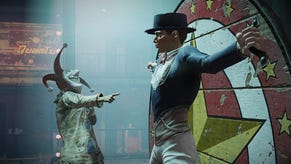
.png?width=291&height=164&fit=crop&quality=80&format=jpg&auto=webp)

